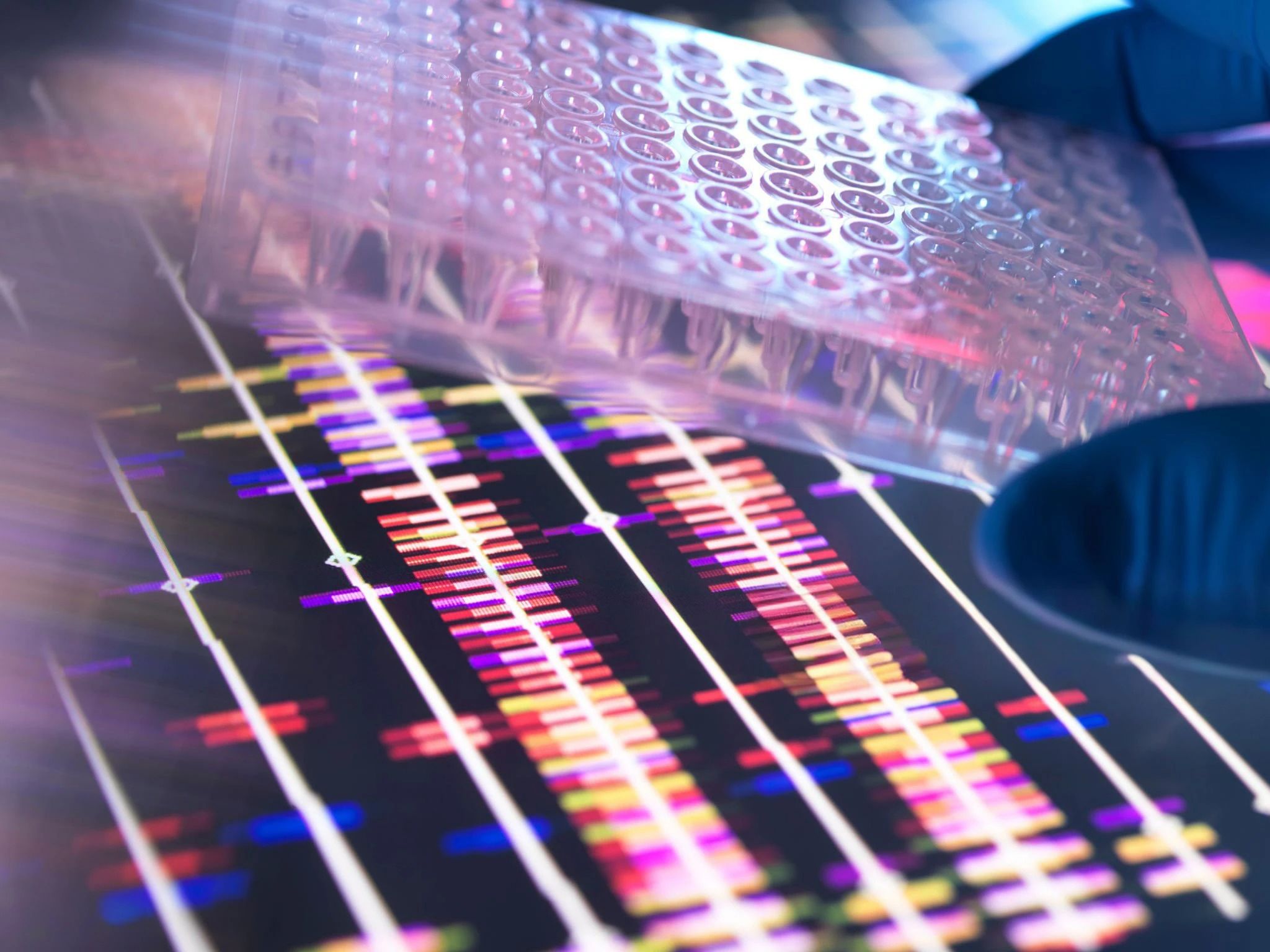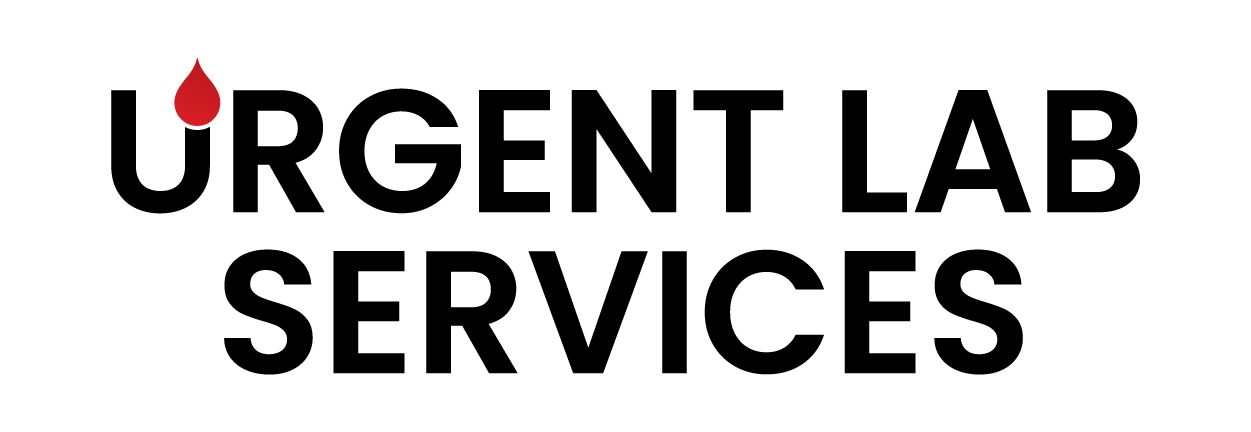Understanding the DNA Paternity Testing Process: A Step-by-Step Guide
NS
Introduction to DNA Paternity Testing
DNA paternity testing is a scientific method used to determine whether a man is the biological father of a child. This test offers a reliable and precise way to confirm paternity, providing peace of mind and legal evidence in parental disputes. Understanding the process can help individuals make informed decisions about undertaking such tests.

How DNA Samples Are Collected
The first step in the DNA paternity testing process is the collection of DNA samples. This is typically done using a non-invasive method called buccal swabbing, where cells are collected from the inside of the cheek. This method is preferred due to its simplicity and the high quality of DNA it provides.
In some cases, blood samples may be used, but they are less common due to the invasive nature of the procedure. Regardless of the method, it is critical that samples are collected under controlled conditions to avoid contamination.
At-Home vs. Legal Testing
Paternity tests can be performed at home or through legal channels. At-home kits are convenient for personal knowledge, while legal tests require strict chain-of-custody procedures and are admissible in court. Choosing between these options depends on the intended use of the test results.

Privacy and Confidentiality
Once your samples arrive at the laboratory, they are assigned a unique identification number to protect your privacy. Results are typically provided only to the person who ordered the test. If other individuals (such as the alleged father or child) are also participants in the test, they usually receive their own results but do not automatically have access to others' genetic information unless all parties consent.
Laboratory Analysis and DNA Profiling
Once the samples are collected, they are sent to a laboratory for analysis. The lab technicians extract DNA from the samples and use a process called polymerase chain reaction (PCR) to amplify specific DNA regions. These regions, known as loci, are then analyzed to create a DNA profile for each individual involved.
The DNA profiles are compared to determine paternity. In most cases, a father and child will share 50% of their DNA at these loci. If the profiles match at all tested loci, there is a high probability that the tested man is the child’s biological father.

Understanding Test Results
The results of a DNA paternity test are usually presented in a report that includes a probability of paternity. A result showing 99.9% or higher typically confirms paternity, while 0% excludes the possibility of the tested man being the biological father.
It's important to note that while these results are highly accurate, they should be interpreted carefully, particularly in legal contexts where additional documentation and expert testimony may be required.
Considerations and Ethical Aspects
Before proceeding with DNA paternity testing, consider the emotional and ethical implications. Discussing potential outcomes with all parties involved can help prepare for various scenarios. Additionally, ensuring informed consent is crucial, especially when testing minors.

Conclusion: Making Informed Decisions
Understanding the DNA paternity testing process helps individuals make informed decisions about their family dynamics. Whether for personal knowledge or legal reasons, knowing the steps involved can ease concerns and lead to more confident decision-making.
As technology continues to advance, DNA testing becomes more accessible and reliable, playing a vital role in resolving questions of paternity with scientific accuracy.
Get Started Today
Getting a paternity test is a straightforward process that provides clear answers. If you're ready to move forward, we can help guide you through each step. Our team collects your samples securely and sends them to our accredited laboratory partners for analysis. Ready to get answers? Give us a call at 904-686-6456.
Important Disclaimer: The information provided in this post is for educational purposes only and should not be considered medical or legal advice. DNA paternity test results are highly accurate but must be interpreted by qualified professionals. Results may have legal implications and should be reviewed with appropriate legal counsel if needed. Urgent Lab Services collects samples for transmission to accredited laboratories for analysis only. We do not provide medical or legal interpretation of results.
